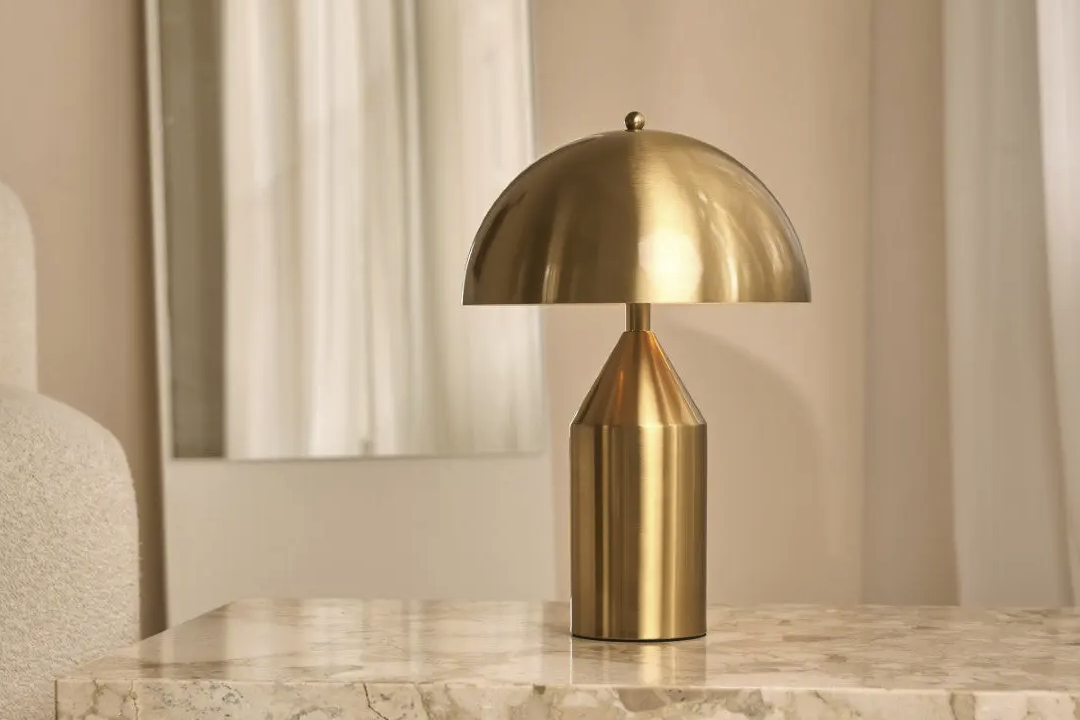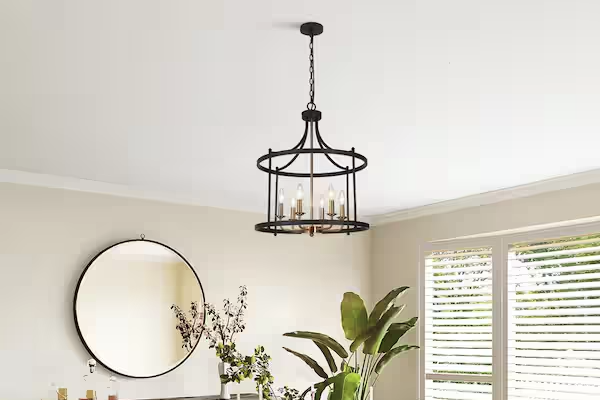When choosing a sofa, it’s important to consider the space and layout of the room where it will be placed. If you have a small living room, you may want to opt for a smaller sofa or a sectional that can fit neatly into the space without overwhelming it. On the other hand, if you have a large open-concept living area, you may have more flexibility in terms of size and layout. Consider the flow of the room and how the sofa will fit into the overall design. You’ll also want to think about the placement of windows, doors, and other furniture in the room to ensure that the sofa will not obstruct any important pathways or views. Taking accurate measurements of the space will also be crucial in determining the right size and shape of the sofa.
Another important consideration is the layout of the room and how the sofa will fit into it. If you have a specific focal point in the room, such as a fireplace or a TV, you’ll want to ensure that the sofa is positioned in a way that complements this focal point. Additionally, consider how you and your family typically use the space. If you often entertain guests, you may want to choose a sofa that can accommodate multiple people comfortably. Alternatively, if you primarily use the space for relaxing and watching TV, you may prioritize comfort and lounging space over seating capacity. By carefully considering your space and layout, you can ensure that the sofa you choose not only fits physically but also enhances the functionality and aesthetics of the room.
Determine Your Style and Design Preferences
When selecting a sofa, it’s essential to determine your style and design preferences. The style of your sofa can significantly impact the overall look and feel of your living space, so it’s important to choose a design that complements your existing decor and reflects your personal taste. Consider whether you prefer a modern, contemporary, traditional, or eclectic style, and look for a sofa that aligns with these preferences. Additionally, think about the color and fabric options that will best suit your design aesthetic. If you have a neutral color scheme in your living room, you may want to choose a sofa in a bold or patterned fabric to add visual interest. Conversely, if your space is already filled with vibrant colors and patterns, a more subdued and neutral sofa may be the best choice to balance out the room.
In addition to style and fabric, consider the overall design of the sofa. Do you prefer clean lines and minimalistic silhouettes, or are you drawn to more ornate and detailed designs? The shape of the arms, legs, and back of the sofa can all contribute to its overall aesthetic, so take these elements into account when making your decision. It’s also important to think about how the sofa will fit into your lifestyle. If you have young children or pets, you may want to choose a sofa with durable and easy-to-clean fabric. Ultimately, by determining your style and design preferences, you can narrow down your options and find a sofa that not only looks great but also suits your lifestyle and needs.
Choose the Right Size and Shape
Selecting the right size and shape for your sofa is crucial in ensuring that it fits comfortably in your space and meets your functional needs. Consider the dimensions of your room and how much space you have available for the sofa. If you have a small living room, a compact sofa or a sectional with a chaise may be the best option to maximize seating without overwhelming the space. On the other hand, if you have a large open-concept living area, you may have more flexibility in terms of size and shape. A spacious L-shaped sectional or a large modular sofa could be ideal for creating distinct seating areas within the room.
The shape of the sofa is also an important consideration. Do you prefer a classic three-seater sofa, a sectional with a chaise, or a versatile sleeper sofa? Think about how you and your family typically use the space and what type of seating arrangement would best accommodate your needs. If you often entertain guests or have a large family, a sectional or a sofa with a chaise may provide ample seating for everyone. Alternatively, if you have limited space or frequently host overnight guests, a sleeper sofa could be a practical choice. By carefully considering the right size and shape for your sofa, you can ensure that it not only fits physically but also enhances the functionality and comfort of your living space.
Select the Best Upholstery Material
Choosing the right upholstery material for your sofa is essential in ensuring both durability and aesthetic appeal. There are various options available, each with its own unique characteristics and benefits. If you have young children or pets, you may want to prioritize durability and stain resistance when selecting upholstery material. In this case, leather or synthetic fabrics such as microfiber or polyester may be ideal choices as they are easy to clean and maintain. Alternatively, if you prioritize comfort and luxury, natural fabrics such as cotton or linen could be more suitable options. These materials are breathable and soft to the touch, making them perfect for cozying up on the sofa.
In addition to durability and comfort, consider the overall aesthetic of the upholstery material. The color, texture, and pattern of the fabric can significantly impact the look of your sofa and its compatibility with your existing decor. If you have a modern or contemporary style, you may opt for a sleek leather sofa in a neutral color such as black or gray. For a more traditional or eclectic look, consider upholstery with bold patterns or rich textures to add visual interest to your living space. Ultimately, by selecting the best upholstery material for your sofa, you can ensure that it not only looks great but also stands up to daily use and wear.
Evaluate Comfort and Support
When choosing a sofa, comfort and support are paramount considerations. After all, your sofa is likely to be one of the most used pieces of furniture in your home, so it’s essential that it provides a comfortable and supportive seating experience. Look for sofas with high-quality cushions that offer ample support while still being plush and inviting. Consider whether you prefer firm or soft cushions and test out different options to find what feels best for you. Additionally, pay attention to the depth and height of the seat as well as the angle of the backrest to ensure that they provide optimal comfort for lounging and sitting.
In addition to cushion comfort, consider other features that can enhance your seating experience. Some sofas come with adjustable headrests or reclining capabilities that allow you to customize your comfort level based on your preferences. These features can be particularly beneficial if you enjoy spending long periods relaxing on your sofa while reading or watching TV. Furthermore, consider the overall construction of the sofa, including the frame and suspension system. A sturdy frame made from hardwood or metal combined with high-quality suspension can contribute to long-lasting comfort and support. By carefully evaluating comfort and support when choosing a sofa, you can ensure that it not only looks great but also provides a comfortable and enjoyable seating experience for years to come.
Factor in Durability and Maintenance

Durability and maintenance are crucial factors to consider when selecting a sofa that will stand up to daily use and wear over time. Look for sofas with sturdy frames made from hardwood or metal that can withstand frequent use without sagging or warping. Additionally, consider the suspension system used in the sofa, as high-quality suspension can contribute to long-lasting comfort and durability. When it comes to upholstery material, prioritize options that are easy to clean and maintain, especially if you have young children or pets. Leather and synthetic fabrics such as microfiber or polyester are known for their durability and stain resistance, making them practical choices for busy households.
In addition to durability, consider how easy it will be to maintain your chosen sofa over time. Some upholstery materials require regular cleaning or special care to keep them looking their best, while others are more forgiving and low-maintenance. Think about how much time and effort you are willing to invest in maintaining your sofa and choose an option that aligns with your lifestyle. Furthermore, consider any additional features or warranties offered by the manufacturer that can contribute to the longevity of your sofa. By factoring in durability and maintenance when choosing a sofa, you can ensure that it not only looks great but also stands up to daily use and remains in top condition for years to come.
Set a Budget and Compare Options
Setting a budget is an essential step in choosing a sofa that meets both your financial constraints and quality expectations. Determine how much you are willing to spend on a new sofa and consider this budget when exploring different options. Keep in mind that while quality sofas may come with a higher price tag upfront, they often offer better durability, comfort, and aesthetic appeal in the long run. Consider factors such as upholstery material, construction quality, brand reputation, and additional features when comparing different options within your budget range.
Once you have set your budget, take the time to compare different sofas based on their features, quality, and value for money. Look for reputable retailers or manufacturers that offer a wide range of options within your price range and read customer reviews to gauge satisfaction with specific models. Additionally, consider visiting showrooms or stores where you can test out different sofas in person to get a feel for their comfort level and overall quality. By comparing options within your budget range, you can make an informed decision that balances both affordability and quality when choosing a new sofa for your home.
In conclusion, choosing the right sofa involves careful consideration of various factors such as space and layout, style preferences, size and shape requirements, upholstery material selection, comfort and support evaluation, durability and maintenance considerations, as well as budget setting and option comparison. By taking these factors into account when selecting a new sofa for your home, you can ensure that it not only fits seamlessly into your living space but also meets your functional needs while providing long-lasting comfort and style.



